Cheese—a single word that can make any foodie’s heart skip a beat. Cheese is an irreplaceable ingredient in global cuisines, from gooey mozzarella on pizza to tangy feta in a crisp Greek salad. Its versatility, flavors, and textures make it essential to countless recipes. But with over 1,800 types of cheese worldwide, exploring this dairy delight can feel overwhelming.
In this guide, we’ll take you on a journey to discover different types of cheese, explain their textures, flavors, and uses, and even answer questions like, “What type of cheese does Chipotle use?” Whether you’re a cheese novice or a seasoned connoisseur, there’s something here for everyone. Let’s dive in!
What Are the Different Types of Cheese?
Cheese comes in a dazzling array of varieties, with each type offering unique flavors, textures, and aromas. While the classification of cheese might differ slightly across regions, most types fall into distinct categories based on production methods, aging processes, and milk sources.
Here’s an overview of the main categories:
- Fresh Cheese: These are young cheeses with no aging process. They’re soft, creamy, and mild in flavor.
- Soft-Ripened Cheese: Characterized by a creamy interior and a white, edible rind.
- Semi-Hard Cheese: Firmer in texture but still sliceable, with mild to bold flavors.
- Hard Cheese: Aged for months or even years, these cheeses have concentrated flavors and are often grated.
- Blue Cheese: Veined with edible mold, offering pungent, tangy flavors.
- Processed Cheese: Made by blending natural cheeses with emulsifiers for a uniform texture and extended shelf life.
Fresh Cheese
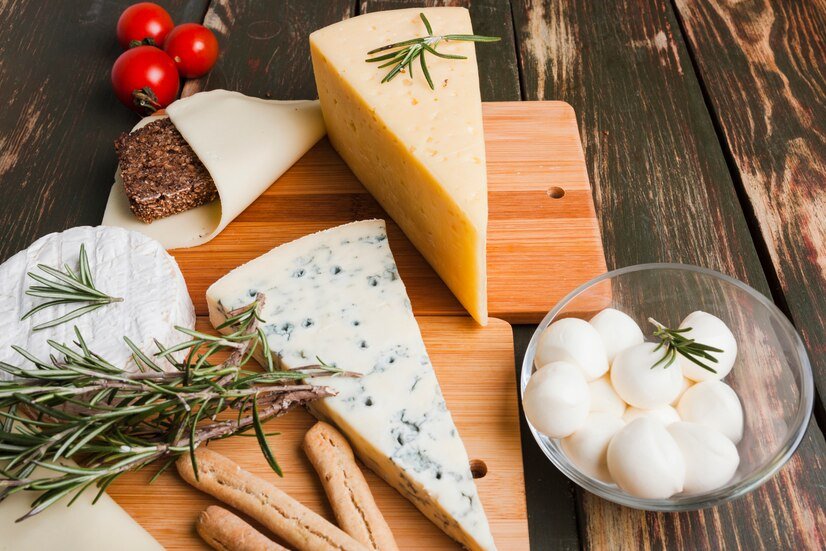
Fresh cheeses are unaged and usually consumed soon after production. Their flavor is mild and their texture is soft, making them perfect for spreading or incorporating into dishes.
Examples of fresh cheeses:
- Mozzarella: Loved for its stretchiness, this cheese is a staple for pizza, lasagna, and Caprese salads. For a closer look at mini mozzarella and its unique uses in recipes, explore this article.
- Ricotta: Often used in desserts like cannoli or savory dishes like stuffed pasta.
- Burrata: Creamy and decadent, burrata is ideal for salads or drizzled with olive oil and served with crusty bread.
- Cottage Cheese: High in protein and a favorite among fitness enthusiasts, it’s great in smoothies or on toast.
Pro Tip: Pair fresh cheeses with seasonal fruits like berries, figs, or pears for a refreshing appetizer.
Soft-Ripened Cheese
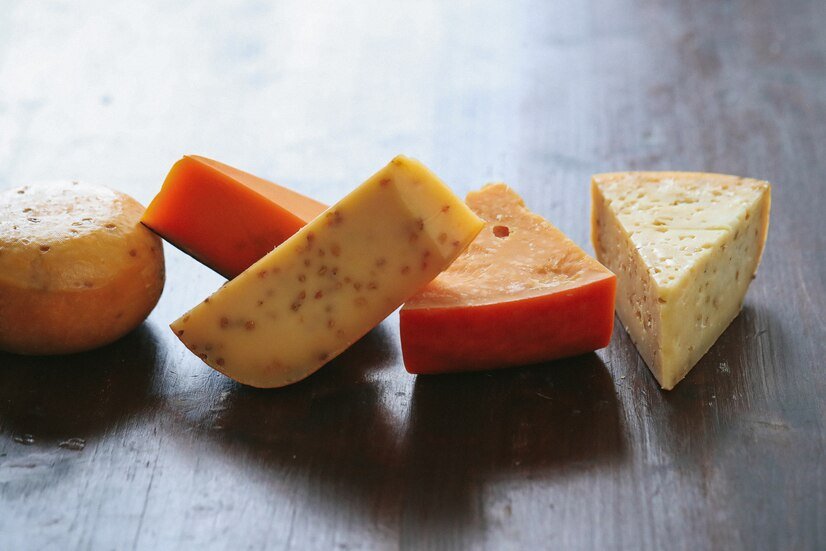
Soft-ripened cheeses are known for their velvety, white rind, and luscious interiors. These cheeses are allowed to ripen from the outside, resulting in a creamy, buttery texture.
Examples of soft-ripened cheeses:
- Brie: With a rich, buttery flavor, Brie pairs beautifully with crackers, honey, or nuts.
- Camembert: Slightly earthier than Brie, this French classic is perfect for baking or serving with crusty bread.
Flavor Profile: Soft-ripened cheeses are often described as nutty, mushroomy, or buttery, with a luxurious mouthfeel.
Semi-Hard Cheese
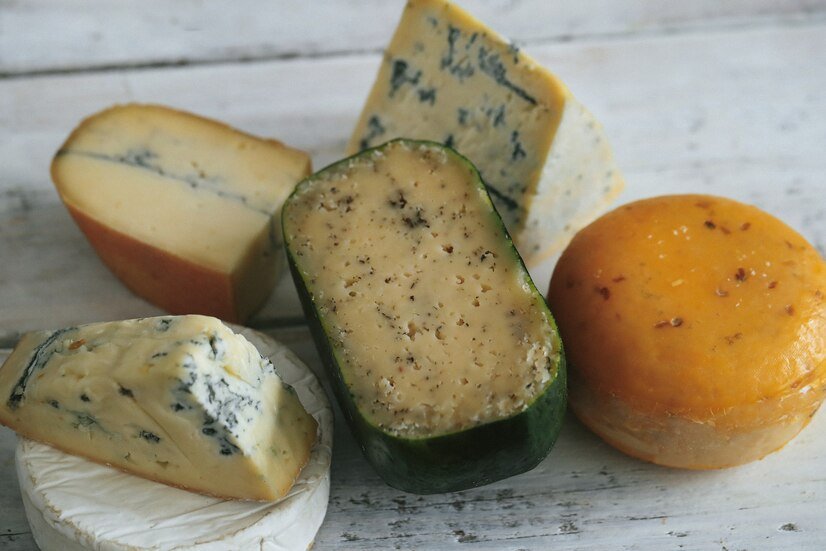
Semi-hard cheeses strike a balance between firmness and sliceability. They’re incredibly versatile, making them a staple in kitchens worldwide.
Examples of semi-hard cheeses:
- Cheddar: Sharp and tangy, cheddar comes in various ages and intensities. It’s a favorite for sandwiches, burgers, and macaroni and cheese.
- Gouda: With a caramel-like sweetness, Gouda is fantastic for snacking or melting into recipes.
- Monterey Jack: Mild and buttery, this cheese is often infused with spices like jalapeño for extra flavor.
If you’re looking for a Cotija Cheese Substitute, check out the guide to explore some great alternatives that work perfectly in recipes like tacos, salads, or soups.
Hard Cheese
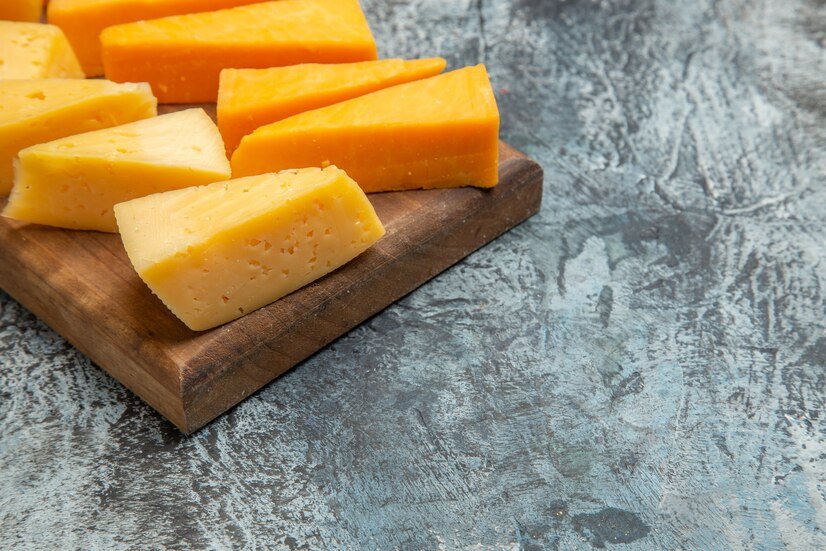
Aged to perfection, hard cheeses boast concentrated flavors and a crumbly or granular texture. These cheeses are often grated or shaved to add depth to dishes.
Examples of hard cheeses:
- Parmesan (Parmigiano-Reggiano): Aged for up to 36 months, Parmesan is a cornerstone of Italian cuisine.
- Pecorino Romano: Made from sheep’s milk, this cheese is saltier and tangier than Parmesan.
- Asiago: With a nutty flavor, Asiago is excellent for grating over pasta or soups.
Cooking Tip: Store hard cheeses in wax paper to maintain their freshness and prevent drying out.
Blue Cheese
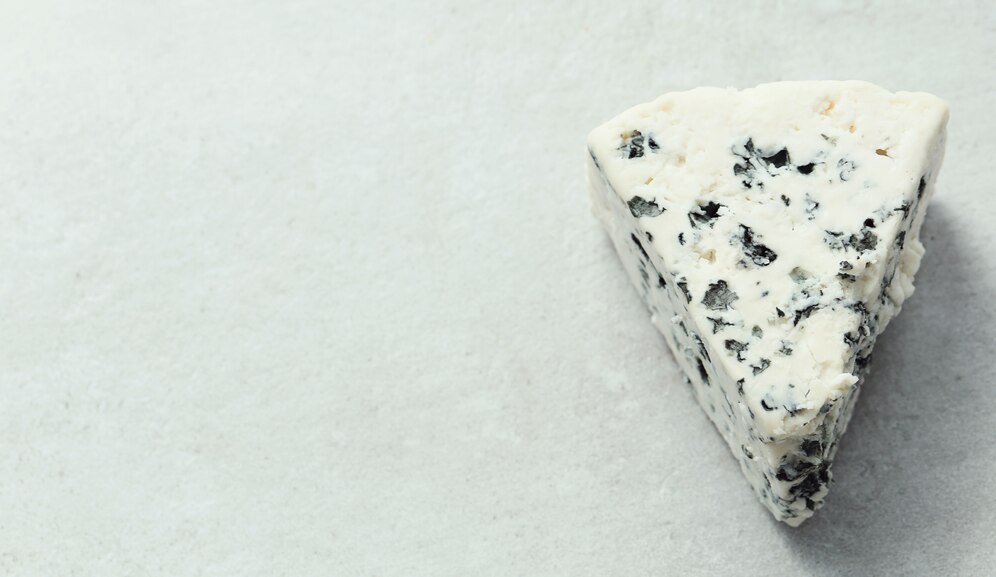
Blue cheeses are not for the faint of heart. Their bold, tangy flavors and distinctive veins make them a unique addition to any cheese board.
Examples of blue cheeses:
- Roquefort: Made from sheep’s milk, this French cheese has a creamy texture and sharp, tangy flavor.
- Gorgonzola: An Italian classic, Gorgonzola can be mild or strong, depending on its age.
- Stilton: Known as the “King of English Cheeses,” Stilton is creamy and crumbly with a rich, earthy flavor.
Pairing Idea: Serve blue cheeses with honey or dried fruits to balance their pungency.
Processed Cheese
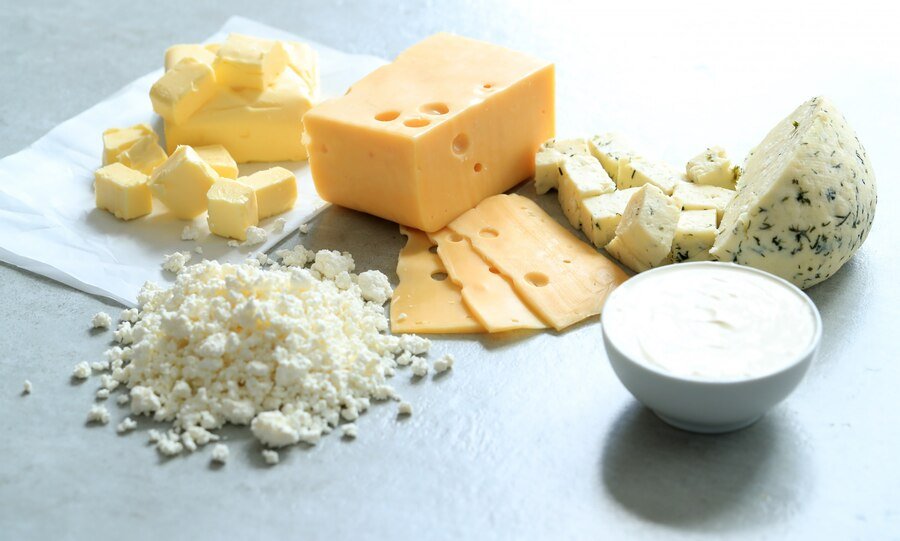
While purists may scoff at processed cheese, it has its place in modern kitchens. These cheeses are designed for reliability and consistency.
Examples of processed cheeses:
- American Cheese: A staple for burgers and grilled cheese sandwiches.
- Cheese Spread: Perfect for dipping or spreading on crackers.
How to Build the Perfect Cheese Board
Creating a cheese board is an art form, and understanding the different types of cheese can help you curate a spread that delights every palate.
Essentials for a Cheese Board:
- Include a variety of textures: soft, semi-hard, and hard cheeses.
- Add accompaniments like fresh fruit, nuts, honey, and jams.
- Offer a mix of bread and crackers for pairing.
Pro Tip: Label each cheese so your guests can explore new flavors with confidence.
Explore the World of Cheese
Cheese is more than just an ingredient—it’s a journey into flavor, tradition, and culture. From the creamy simplicity of fresh mozzarella to the bold complexity of aged blue cheese, every type of cheese offers a unique experience.
So why not expand your palate? Pick up a cheese you’ve never tried, experiment with pairings, and share your discoveries with friends. After all, life’s too short for boring cheese!
